While taking these Saul Bellow’s phrase “inner-fate” from Humboldt’s Gift was whispering in my ear, gentle murmurs and soft susurrations of something powerful beautiful cruel, or otherwise in the words of the bold Humboldt himself, “I was manic. I was chattering from the dusty top of my crazy head. Afterward I was depressed and silent for long, long days. I lay in the cage. Grim gorilla days.”
(! Goodgod, now. That’s fine fine prose.)

photo: ©Graeme Mitchell 2008

photo: ©Graeme Mitchell 2008

photo: ©Graeme Mitchell 2008

photo: ©Graeme Mitchell 2008

photo: ©Graeme Mitchell 2008

photo: ©Graeme Mitchell 2008

photo: ©Graeme Mitchell 2008

photo: ©Graeme Mitchell 2008

photo: ©Graeme Mitchell 2008

photo: ©Graeme Mitchell 2008

photo: ©Graeme Mitchell 2008

photo: ©Graeme Mitchell 2008

photo: ©Graeme Mitchell 2008
(And maybe you noticed that I increased the image size. This should have been done a long time ago. A lot of these images really need to be seen bigger (a cliche line from the photographer if ever there was one). The template I use is limited, but maybe the little bump will make them more enjoyable. Let me know if it’s an improvement, if it slows things down too much, or if it makes no difference?)
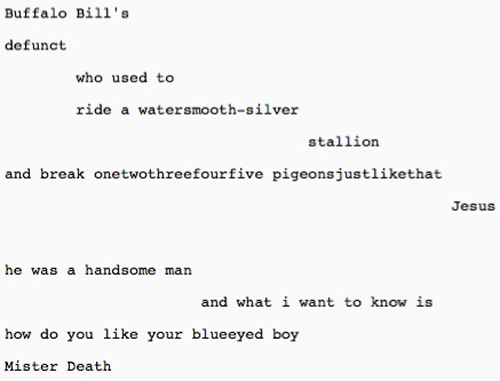
poem: by E.E. Cummings
(
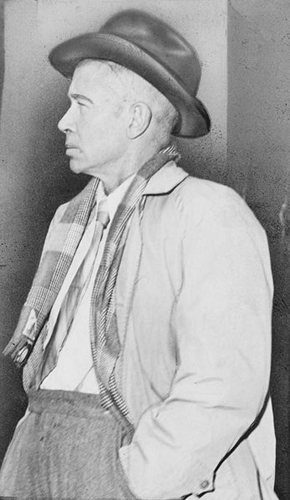
photo: E.E. Cummings, 1953, by Walter Albertin for New York World Telegram
)
Makes me think of smoking poets and then of Richard Prince‘s Untitled (Cowboy):
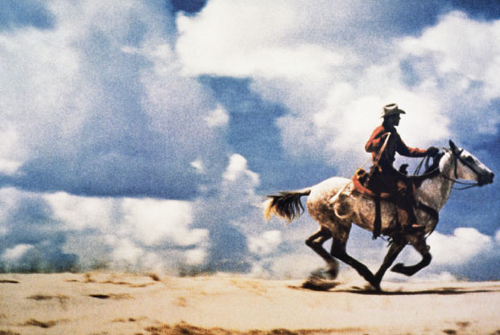
photo: Untitled (Cowboy) (1989), ©Richard Prince.
And that’s plenty for now.
Tons. Masses.
Like when at the MOMA the other day and I saw for the first time Edvard Munch’s The Storm.
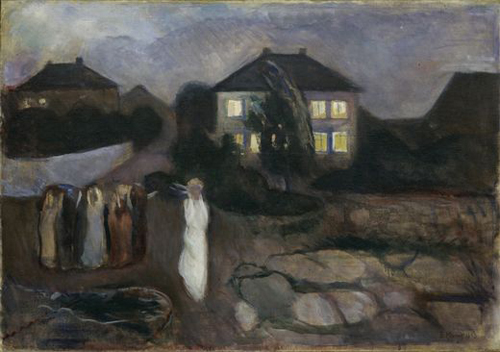
painting: The Storm (1893) by Edvard Munch.
I couldn’t possibly look at anything after that – it was entirely too much already.
Happy Holidays.
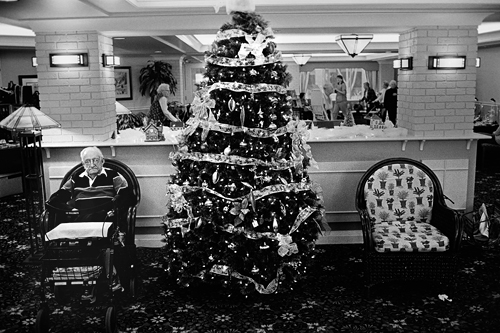
photo: © Graeme Mitchell 2008
I wanted to share this link to interviews of photographers by Frank Horvart. I skimmed the Newton one, which was good, and Sieff is always erudite and deep (French after all…). I’d expect the same of Witkin.
Super short post, but they should be good reading for awhile.
Oh, and a movie: someone sent me some segments of a flim William Klein did in 1986 called Contacts. Worth digging up if you can find it.
Oh, and speaking of Helmut and back to the topic of yesterdays post of Avedon’s sartorial sense, check out the snakeskin belt (↓)!
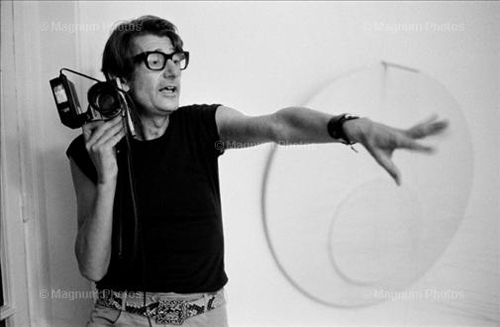
photo: Helmut Newton. ©David Hurn/Magnum.
This was the email I received this morning from a remarkable women’s wear designer I’m friends with:
![]()
Ahhh, well, since you asked.
It’s funny you ask, b/c the author Haven Kimmel and I recently had a e-mail conversation that touched on, amongst many things, Avedon, specifically his portrait of Ezra Pound.
Avedon was a great photographer who “got it,” who worked day in and out, and who was able to doing something authentic. I suppose one could offer that any sort of originality is genius in a way, which I wouldn’t necessarily debate, but I see that great thing in a body of work as more as a confluence of part man and part fate/histories momentum part…you get the idea; I see it was something much more complex than one’s inspirations and capabilities. Regardless, I’ll leave that up to you, not the point anyway, but the key is Avedon did something original in his career, singular and completely authentic. Yes, he was inspired by Sander and others, and some argue by his own history as a military photographer, but still he came to his own conclusion. In the spirit of Ginsberg speaking to Whitman beyond the grave, you could say Sander fell the tree and Avedon carved it. At his apogee, and I believe Avedon’s crowning moment ,his pique his quintessence, was the American West series, he made one of the great photographic moves, and it stands as such still. Something people will mimic and mimic but something that there will only ever be one of. He did it first and did it best.
Foremost, and he said it more eloquently if you dig in his essays and quotes, Avedon’s pictures are certainly about himself, or about his idea. Idea, I think, is the key term here, since it’s what Avedon reduced things too: a philosophy. He along with the rest of his generation was influenced a great deal by Beckett and the sensibilities and ideas of Existentialism from that generation, that white void that Molloy limps through became Avedon’s white seamless. Yet, don’t let the starkness of this mislead you; I do believe Avedon was an optimistic, a humanist, b/c when I look at the American West series, I see royalty. Just like Arbus made the freaks into kings and queens, Avedon made the common people something that transcended. Avedon would have had Louis Vuitton luggage and been wearing loafers suited for the UWS while shooting that work, and his time with the subject was, I’d gather, fleeting – it was not his world at all and he didn’t pretend it to be - but all the same he was human and they were human and I see in his work a general love for that ubiquitous suffering and struggle that affronts us all despite our best efforts, that “nakedness of man faced with the absurd” to go to Camus.
On top of this, more generally to discuss his commercial and editorial (non-fine-art) work, he was technically outstanding, not tricky or fancy or conceptual, but more like the Rolls Royce of technique, beautiful and classic and smart. Using things as simple as notan, to reference Mr. Cardwell, to draw you in and control composition and rythm. And in the portraits he did editorially he knew the balance between that aesthetic in technique and balancing that with a ruthless display and adjustmentoft the sitters persona (in the Jungian sense). I imagine Avedon was kind, liked and very smart, but I also suspect that when he photographed his great portraits he was at war with his sitters, b/c the moments seem both terrifying and sublime…which is, as Haven had pointed out to me, the same thing according to Kant.
Finally, it’d be a mistake to underestimate the commerce involved with the photography, and Avedon knew it. Luckily for Avedon, the look he explored personally also turned out to be very very effective and easy to translate to the commercial realm. Or maybe it was the other way around. Either way, it’s a rarity as far as I’ve seen.
Anyway…I’m rambling. I admire his work obviously. I don’t deify him or think he didn’t take mediocre photos too. And there’s a lot he didn’t do. But what he did do right, he did tremendously.
Hope that helps.
xo

photo: from Avedon at Work in the American West. ©Laura Wilson.
And I wasn’t joking about the loafers, probably ferragamos, and the vintage Louis Vuitton Luggage (↓) either.
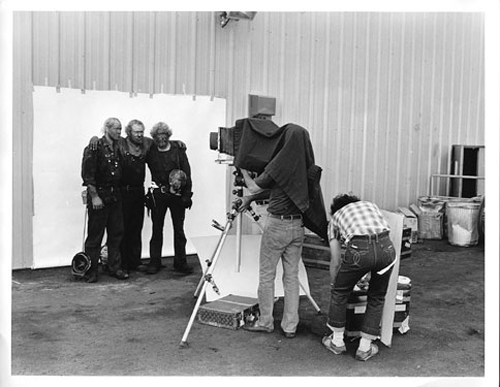
photo: from Avedon at Work in the American West. ©Laura Wilson.
Damn fancy, Dick!
Vuitton could inspire a campaign around that photo.
A article on Robert Frank in the Times, here. Including a multimedia feature, here.

photo: “Canal Street – New Orleans, 1955” from The Americans, ©Robert Frank.

photo: “Robert Frank, photographer, Mabou Mines, Nova Scotiam July 17, 1975” ©Richard Avedon.
(Of course another artist initialed R.F. who defined a sort of America
Two roads diverged in a yellow wood,
And sorry I could not travel both
And be one traveler, long I stood
And looked down one as far as I could
To where it bent in the undergrowth;
Then took the other, as just as fair,
And having perhaps the better claim,
Because it was grassy and wanted wear;
Though as for that the passing there
Had worn them really about the same,
And both that morning equally lay
In leaves no step had trodden black.
Oh, I kept the first for another day!
Yet knowing how way leads on to way,
I doubted if I should ever come back.
I shall be telling this with a sigh
Somewhere ages and ages hence:
Two roads diverged in a wood, and I-
I took the one less traveled by,
And that has made all the difference.“The Road Not Taken”
-Robert Frost
.)
And as much as I try to avoid regurgitation by linking to blog posts elsewhere, this interview with Chris Buck is enough for an exception, part 1 and part 2.

photo: Philip-Lorca diCorcia for PDN magazine, ©Chris Buck.
That portrait by Chris is of, as you probably know, Philip-Lorca diCorcia, who’s work isn’t trivial. I thought he’d be a good end note to kick the week off with.

photo: “Gianni,” ©Philip-lorca diCorcia.
A friend, Mr. Diggles, just posted this on his site and I had to heist it and put it here too. Aside from the humor in this video, and maybe some troubling insights (but which I think are just kids being kids), it’s remarkable b/c it’s so visually well done. At first I guessed it was something Jill Greenberg was up to given the lighting, but it turns out it was done by the photographer, Robbie Copper. Originally posted at NY Times’ site (here). There’s a text on Robbie Copper’s site explaining the project in further detail, which has much more depth than just this short video, worth reading if your interest is piqued.
video: ©Robbie Cooper.
Great stuff.

photo: from Immersion series. ©Robbie Cooper.
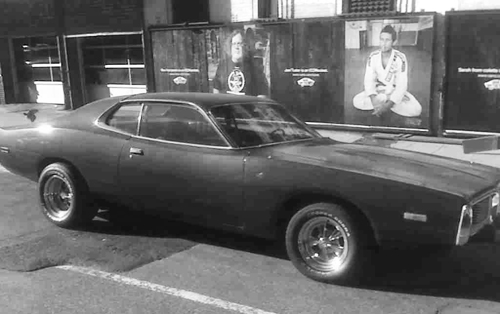
photo: ’68 Firebird??? You tell me.
Made me think of driving real fast, lit rubber, loud exhaust…or shooting like Steven Klein…
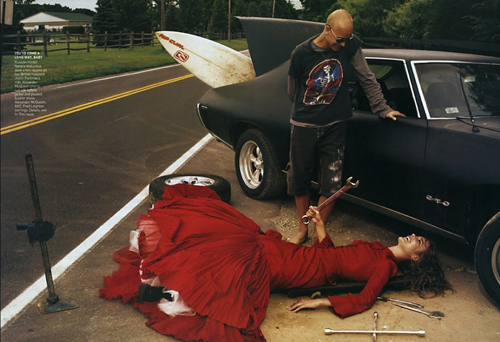
photo: from “A Grand Affair” American Vogue, 2005. © Steven Klein.
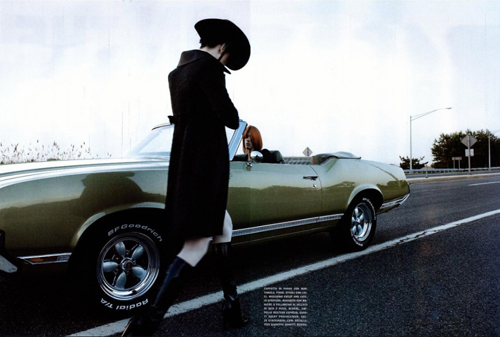
photo:from “On the Road” Italian Vogue, 2006. © Steven Klein.
Sneak peak at Covet Spring 09.

photo: Covet S09, ©Graeme Mitchell 2008.
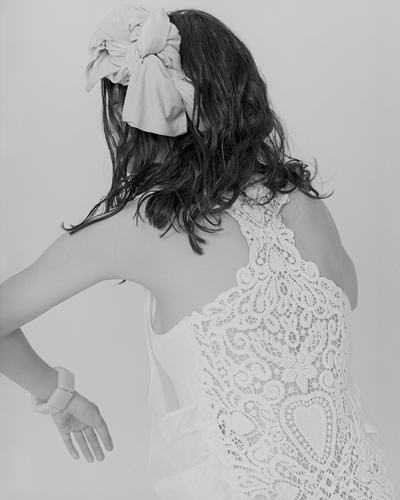
photo: Covet S09, ©Graeme Mitchell 2008.

photo: Covet S09, ©Graeme Mitchell 2008.
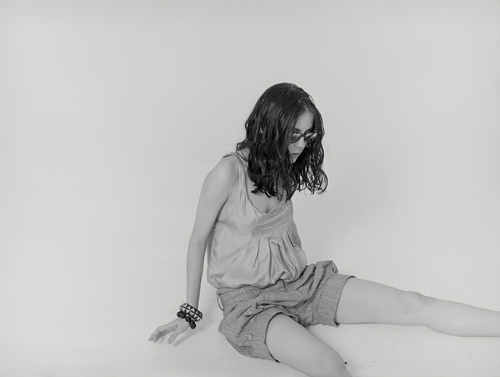
photo: Covet S09, ©Graeme Mitchell 2008.
Shot at East Coast Studio
Models: Ilona w/ Major and Dylan w/ Next
Stylist: Sara Dunn
Hair: Sarah Potempa (w/ Wall Group)
M.U.: Meredith Baraf (w/ Wall Group)
Photo Assistant: Nyra Lang
And while on the topic, I was recently emailed this picture of, Tara St. James, the creative director of Covet and I at an opening. Tara said, “we look scared!” I said, “no, just very sober.”
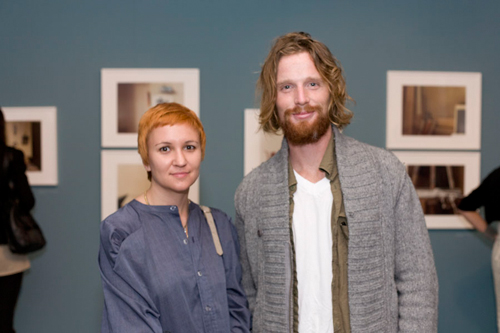
photo: Tara St. James and I at the Aperture Gallery, Chelsea, NYC, Nov 2008.
Last week I’d been asked 4, 5 times, have you been to the Eggleston show at the Whitney? So I finally made it, and now I’m asking everyone, so have you been to the Eggleston…?
It’s a beautiful show, the first retrospective of one of the fathers of modern fine art photography; it’s the kind of show that reminds one why; why photography; why take pictures; why get out of bed in the morning.
There were two things that distinctly crossed my mind.
1) How remarkable Eggleston’s early prints are. There were lightjets, inkjets, C-prints, silver-gelatin, but his early dye transfer prints were in a different ball park. They were interpretive and captivating and technically remarkable.
2) There’s no way to speak what it is or why it is or how it is, the only thing that is certain is that work like Eggleston’s is something that can’t be faked. It’d be like faking being human or faking being in love.
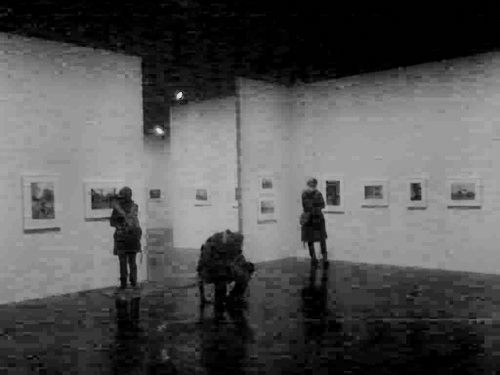
photo: the Eggleston Retrospective at the Whitney.
“I’m at war with the obvious.” -William Eggleston

photo: ©Graeme Mitchell, 2008.

photo: ©Graeme Mitchell, 2008.

photo: ©Graeme Mitchell, 2008.

photo: ©Graeme Mitchell, 2008.

photo: ©Graeme Mitchell, 2008.

photo: ©Graeme Mitchell, 2008.

photo: ©Graeme Mitchell, 2008.

photo: ©Graeme Mitchell, 2008.

photo: ©Graeme Mitchell, 2008.

photo: ©Graeme Mitchell, 2008.

photo: ©Graeme Mitchell, 2008.

photo: ©Graeme Mitchell, 2008.

photo: ©Graeme Mitchell, 2008.

photo: ©Graeme Mitchell, 2008.

photo: ©Graeme Mitchell, 2008.

photo: ©Graeme Mitchell, 2008.

photo: ©Graeme Mitchell, 2008.

photo: ©Graeme Mitchell, 2008.

photo: ©Graeme Mitchell, 2008.
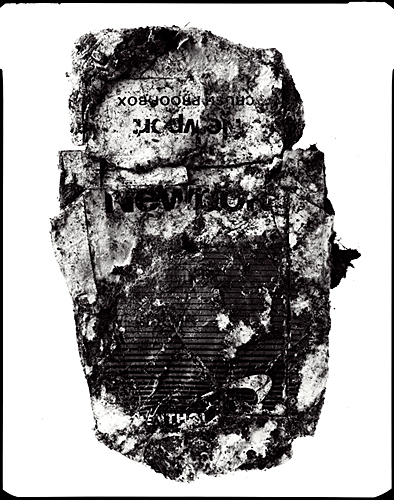
photo: Cigarette Box #2, ©Graeme Mitchell 2008.

photo: ©Graeme Mitchell, 2008.

photo: ©Graeme Mitchell, 2008.
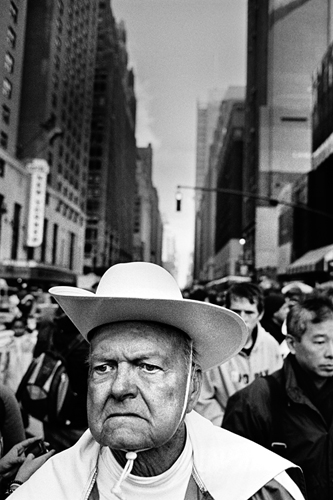
photo: ©Graeme Mitchell, 2008.
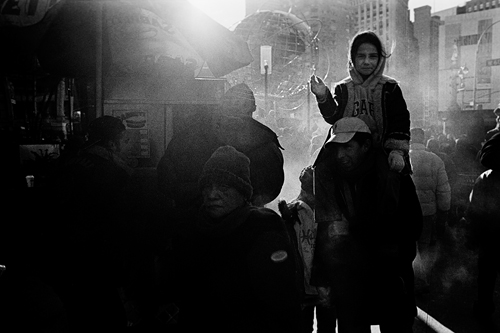
photo: ©Graeme Mitchell, 2008.
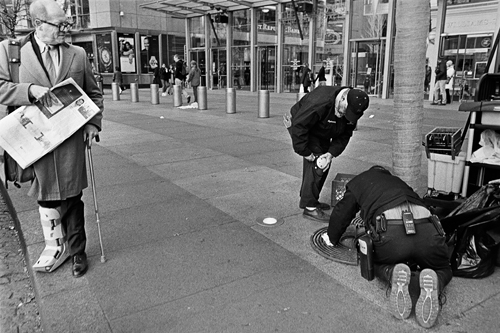
photo: ©Graeme Mitchell, 2008.
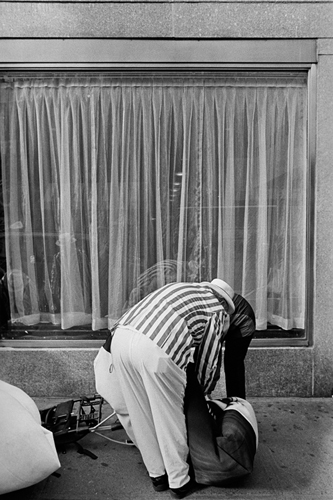
photo: ©Graeme Mitchell, 2008.
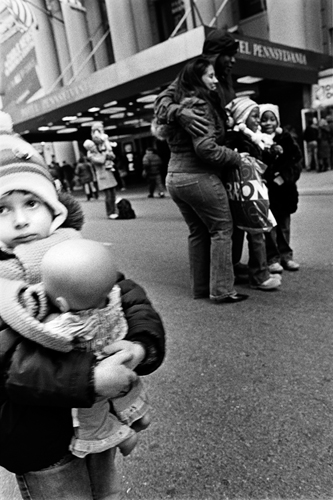
photo: ©Graeme Mitchell, 2008.
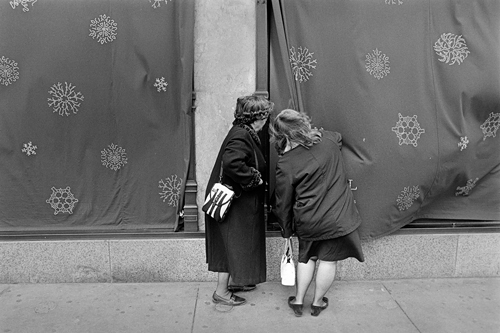
photo: ©Graeme Mitchell, 2008.
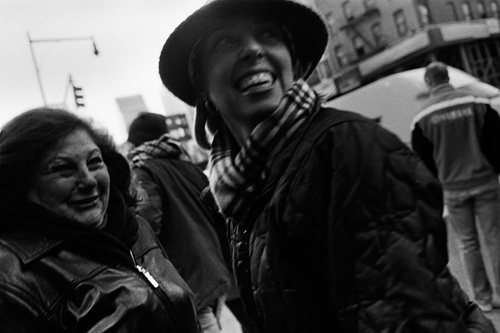
photo: ©Graeme Mitchell, 2008.
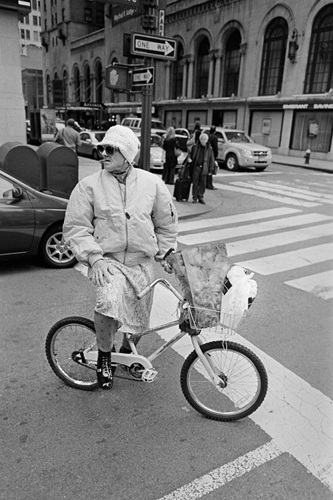
photo: ©Graeme Mitchell, 2008.

photo: ©Graeme Mitchell, 2008.
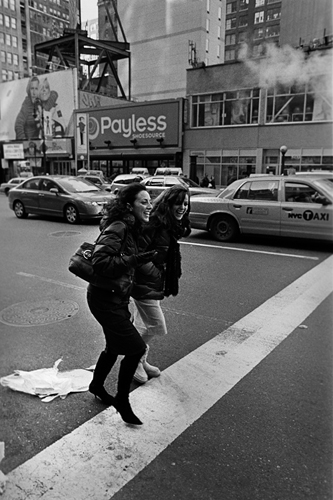
photo: ©Graeme Mitchell, 2008.
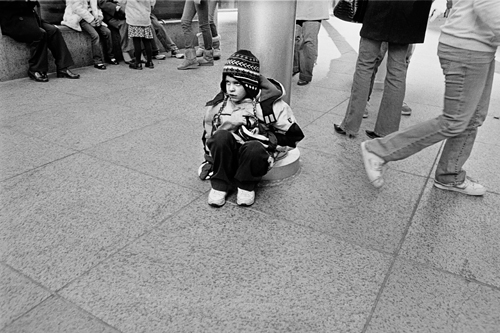
photo: ©Graeme Mitchell, 2008.
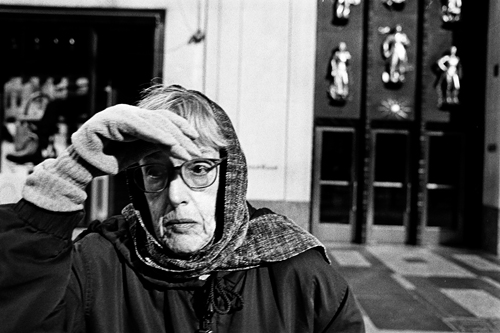
photo: ©Graeme Mitchell, 2008.
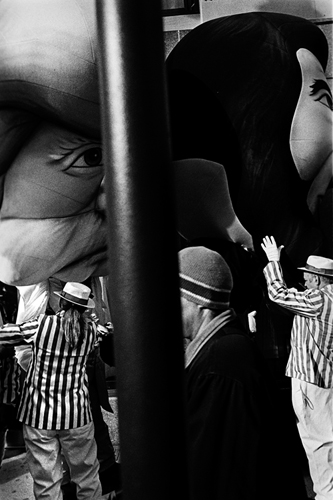
photo: ©Graeme Mitchell, 2008.
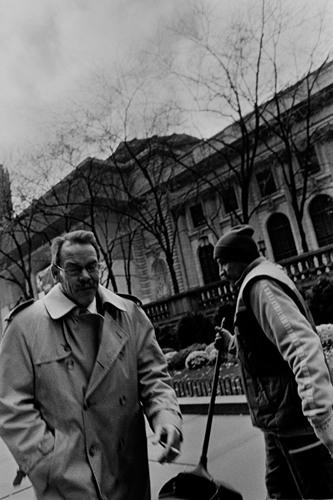
photo: ©Graeme Mitchell, 2008.
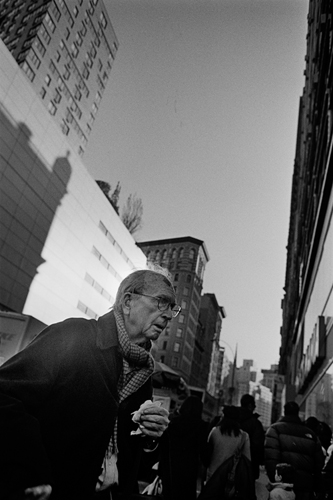
photo: ©Graeme Mitchell, 2008.
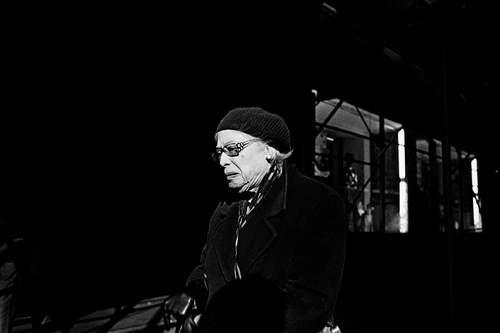
photo: ©Graeme Mitchell, 2008.
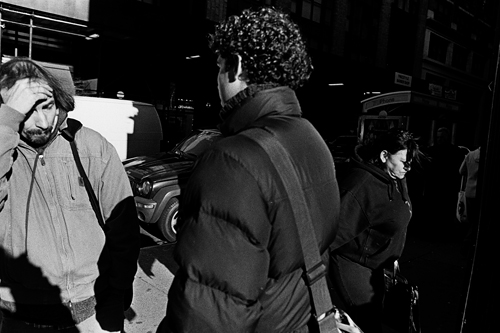
photo: ©Graeme Mitchell, 2008.
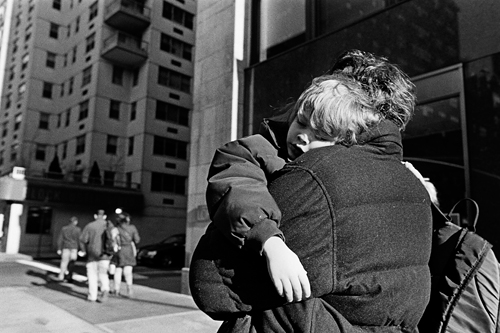
photo: ©Graeme Mitchell, 2008.
Being a few days old, this has probably already been discussed in web-o-land, but someone just sent me a link to this NPR On the Media episode discussing editorial portraiture w/ Martin Schoeller, Jill Greenberg, and Platon.
Here’s the MP3:
[audio:otm112808e.mp3]
audio: NPR’s On The Media, “Snap Judgments”, Noverber 28, 2008.
They summed it up right off the bat when they said it’s about money – I’d specify for the magazines and the photographers. After all, I’ll hullabaloo with the best of them on art and integrity and. But editorial remains a business (even if it’s the biz of getting tearsheets). And the end of the day ethics of business is profit.